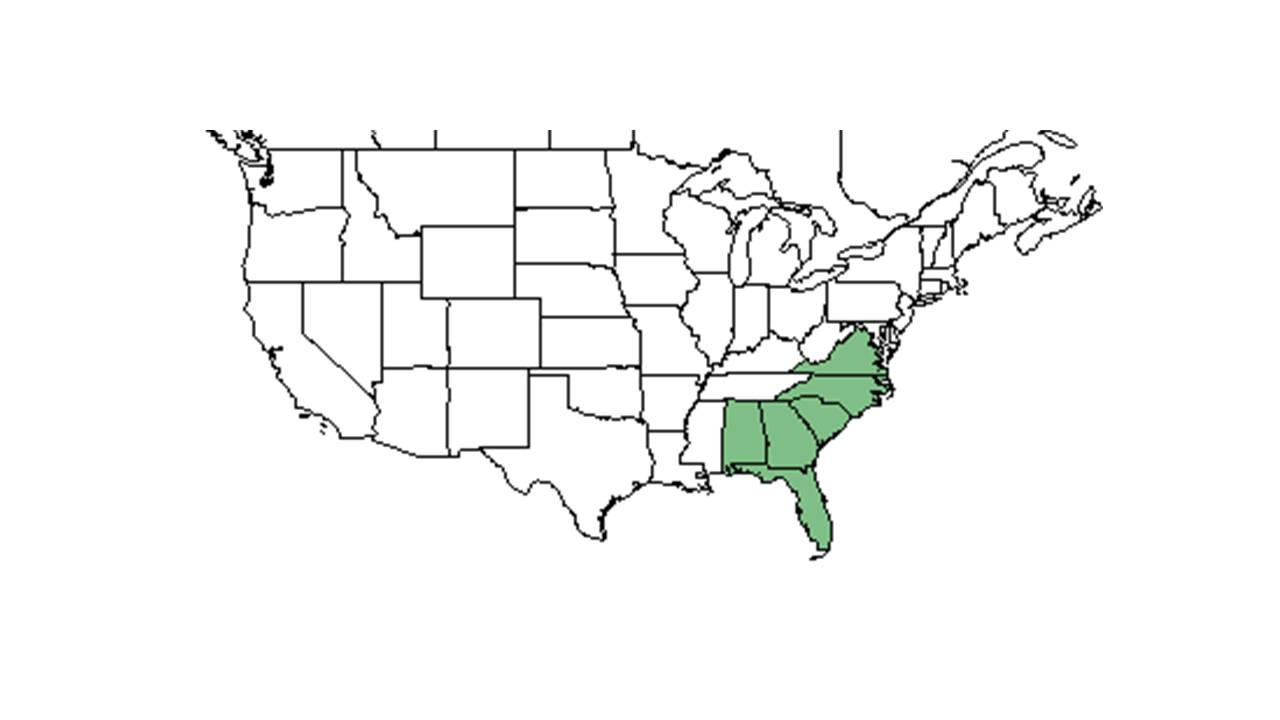Difference between revisions of "Pediomelum canescens"
(→Description) |
Ruthstetler (talk | contribs) (→Description) |
||
| Line 20: | Line 20: | ||
<!-- Basic life history facts such as annual/perrenial, monoecious/dioecious, root morphology, seed type, etc. --> | <!-- Basic life history facts such as annual/perrenial, monoecious/dioecious, root morphology, seed type, etc. --> | ||
Common name: buckroot | Common name: buckroot | ||
| + | |||
| + | Synonym Name: ''Psoralea canescens'' Michx. | ||
| + | |||
| + | ''Pediomelum canescens'' is a perennial herbaceous species with a bushy growth habit (FSU Herbarium). | ||
==Distribution== | ==Distribution== | ||
Revision as of 15:40, 27 July 2015
| Pediomelum canescens | |
|---|---|

| |
| Scientific classification | |
| Kingdom: | Plantae |
| Division: | Magnoliophyta - Flowering plants |
| Class: | Magnoliopsida – Dicotyledons |
| Order: | Fabales |
| Family: | Fabaceae ⁄ Leguminosae |
| Genus: | Pediomelum |
| Species: | P. canescens |
| Binomial name | |
| Pediomelum canescens (Michx.) Rydb. | |

| |
| Natural range of Pediomelum canescens from USDA NRCS Plants Database. | |
Contents
Description
Common name: buckroot
Synonym Name: Psoralea canescens Michx.
Pediomelum canescens is a perennial herbaceous species with a bushy growth habit (FSU Herbarium).
Distribution
Ecology
Habitat
“It occurs in sandy areas of the Coastal Plain from North Carolina to Florida and Alabama.”(Graham 1941).
Phenology
“A widely branching perennial herb 1 to 3 feet tall, with loose spikes of dark-blue flowers and 1 to 3 foliolate laves (Graham 1941)
Seed dispersal
Seed bank and germination
Fire ecology
Pollination
Use by animals
“The seeds have been found in stomachs of the bobwhite.”(Graham 1941) Fire ants are not interested in P. canescens seeds (Cumberland et al. 2013).
Diseases and parasites
Conservation and Management
Cultivation and restoration
Photo Gallery
References and notes
Cumberland, M. S. and L. K. Kirkman (2013). "The effects of the red imported fire ant on seed fate in the longleaf pine ecosystem." Plant Ecology 214: 717-724.
Graham, E. H. (1941). Legumes for erosion control and wildlife. Washington, USDA